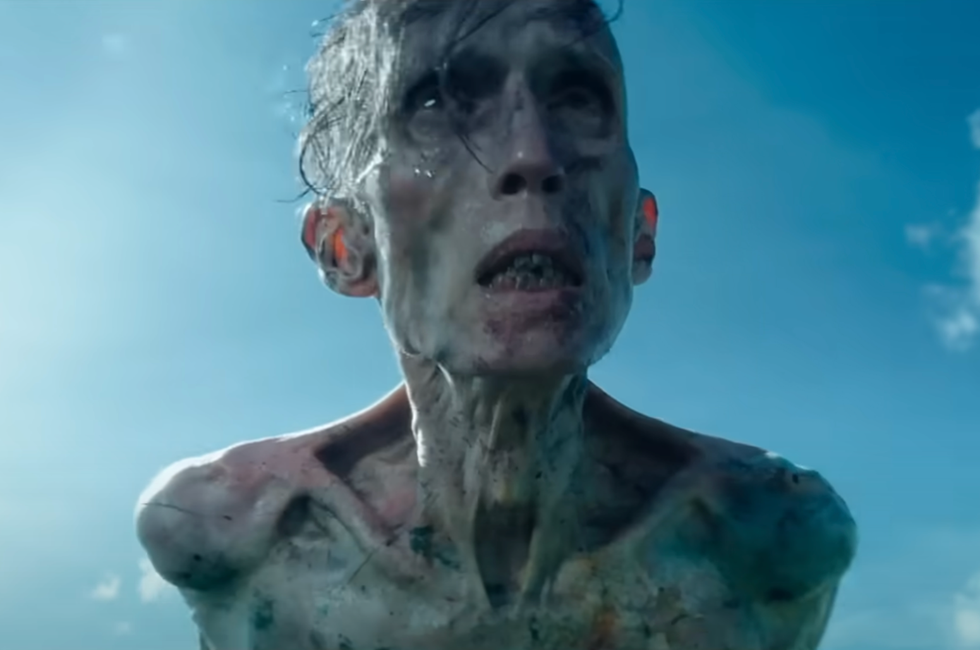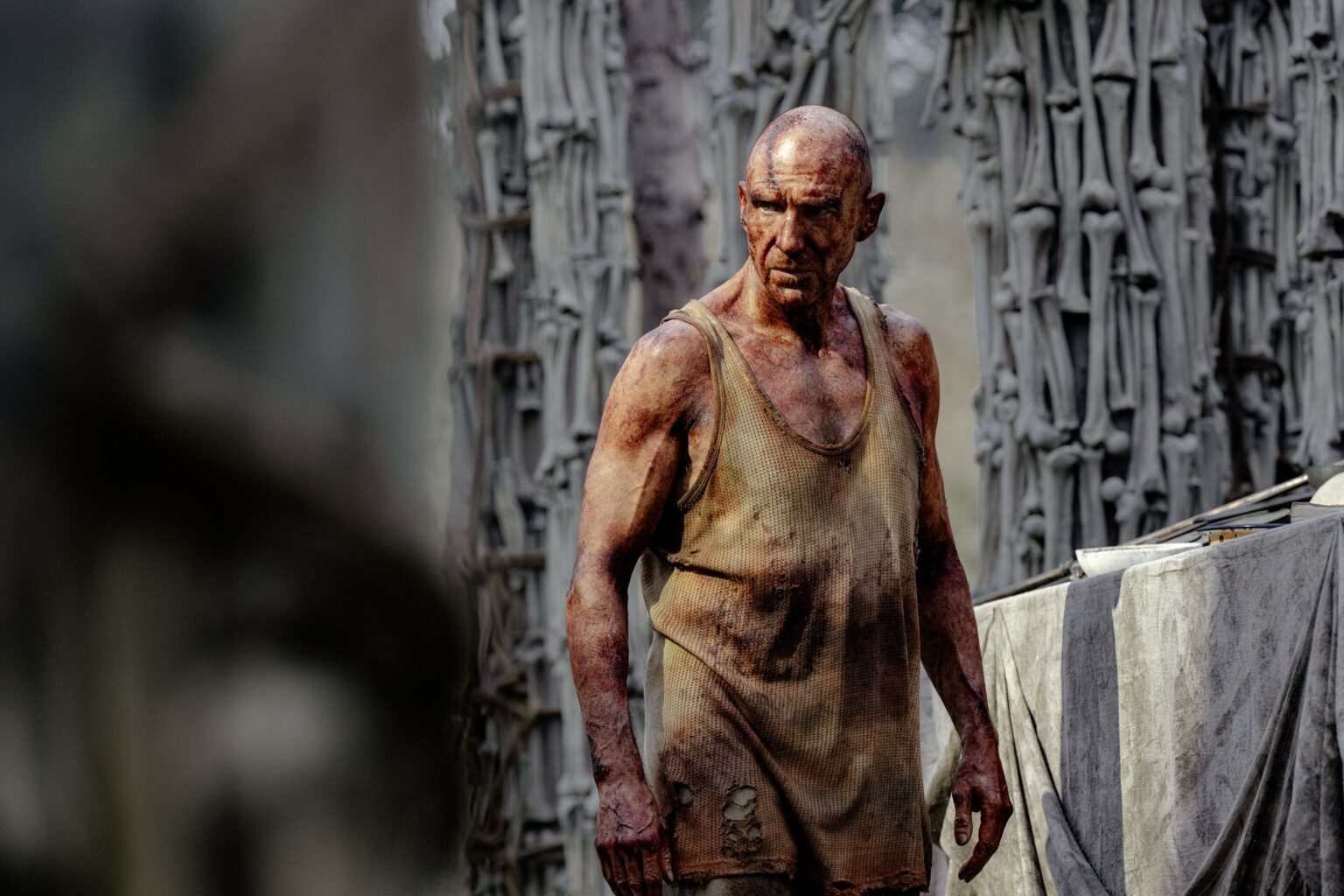Although nearly 21 years have passed since writer Alex Garland and director Danny Boyle introduced their chilling vision of rapid zombies in the 2002 film 28 Days Later, debating the precise title of their upcoming sequel, 28 Years Later, seems somewhat trivial. After all, 23 years is close enough, especially considering the current global climate, which feels heavily influenced by the Rage virus.
Garland and Boyle’s initial installment in their high-velocity zombie saga hit theaters shortly after the September 11 attacks, resonating with a profound sense of existential anxiety. At that time, it seemed as though the world had undergone a seismic shift, transforming in ways that felt irreversible. In many respects, that sense of upheaval persists today. Watching the news-whether it’s conflicts in the Middle East, the turmoil in Ukraine, or domestic issues from border crises to political unrest in Washington-makes 28 Days Later feel less like fiction and more like a prophetic warning rather than mere escapist entertainment.
28 Days Later redefined the zombie genre. Drawing inspiration from George A. Romero’s groundbreaking classics, Night of the Living Dead (1968) and Dawn of the Dead (1978), Garland and Boyle infused their film with a frenetic energy fueled by a potent mix of adrenaline and stimulants. Gone were the slow, lumbering zombies of old; in their place, hyperactive, over-caffeinated monsters roamed the streets. This new breed of undead was more immediate and terrifying, emphasizing that the threat was no longer something you could outrun. 28 Days Later became a rare horror film that not only delivered visceral scares but also provoked thoughtful reflection long after the credits rolled.

Garland and Boyle opted out of directing the 2007 sequel, 28 Weeks Later. If you weren’t aware of this at the time, the film’s absence was noticeable. During that period, both creators were working on Sunshine, a sci-fi thriller that aimed for the grandeur of Stanley Kubrick’s 2001: A Space Odyssey but ultimately fell short. Meanwhile, the reins of the franchise were handed to Juan Carlos Fresnadillo, known for Intacto. His approach lacked the precision and clarity of the original, resulting in a sequel that felt more like a blunt instrument-effective but lacking the depth and finesse of the first film.
In the latest installment, 28 Years Later, the previous sequel is largely dismissed, with only a fleeting, dismissive nod to its events. This shift is understandable, but what’s more disappointing is the film’s uneven execution, especially after nearly two decades of anticipation. The relentless hordes of zombies return, hungrier and more aggressive than ever, yet the movie struggles to establish itself as either a pure horror experience or a thought-provoking allegory-an ambition Garland and Boyle have previously excelled at.
Setting and New Threats: A Post-Apocalyptic Community
Set on a scenic island off England’s northeastern coast, 28 Years Later centers on a resilient community shielded from the infected on the mainland by a narrow causeway accessible only at low tide. Their society has reverted to a primitive, agrarian lifestyle, where young boys are trained in archery, instructed to aim for the “head and the heart” of the undead lurking across the channel. Among them is Spike, a quiet, introspective twelve-year-old portrayed by rising star Alfie Williams. He embarks on his first hunt with his tough-love father (Aaron Taylor-Johnson), a rite of passage that will test him emotionally and physically.
As they cross onto the mainland, the infected reveal themselves in new and terrifying forms. The zombies have undergone significant evolution, now presenting in multiple variants. Besides the familiar swift zombies, there are the “slow-and-lows”-massively obese, slug-like creatures that crawl on the ground, feeding on worms. The most formidable are the “alphas,” which resemble the fast zombies but are unnaturally muscular, with exaggerated strength and aggression. These alpha zombies are capable of ripping off heads and yanking out spinal cords with brutal efficiency, reminiscent of the predatory monsters from Arnold Schwarzenegger’s Predator.
After a harrowing escape, Spike and his father outrun a particularly aggressive alpha, earning Spike recognition as a hero. However, the boy’s mind is haunted by a distant bonfire he saw on the mainland, believed to be lit by Dr. Kelson-a former doctor now turned recluse, who has seemingly gone rogue. Spike’s mother (Jodie Comer) suffers from mysterious headaches and dissociative episodes, fueling his suspicion that Kelson might hold the key to her condition. Driven by hope, Spike secretly leaves the safety of their enclave, crossing the causeway in search of answers-and perhaps salvation.
While filmmakers are free to embed layers of metaphor, the primary goal remains to terrify and thrill audiences.
The journey to find Kelson dominates the film’s narrative, with moments of tenderness interspersed amid relentless zombie encounters. Boyle employs stylistic devices like eerie audio recordings of Rudyard Kipling’s “Boots,” grainy wartime newsreels, and clips from Laurence Olivier’s Henry V to heighten tension and evoke historical echoes. These stylistic choices, reminiscent of Oliver Stone’s Natural Born Killers, feel somewhat forced and out of place, adding a layer of desperation rather than depth.
The film’s tone shifts when the characters finally meet Kelson, played convincingly by Ralph Fiennes. His appearance-shaved head, iodine-smeared skin, and a macabre shrine of bones-evokes Marlon Brando’s Kurtz in Apocalypse Now. Fiennes delivers a compelling performance, but his presence underscores how many of the film’s ideas are recycled or derivative, lacking originality.
Much has been said about the film’s allegorical references to contemporary issues like the COVID-19 pandemic-highlighting fears of infection, societal paranoia, and collapse-and Brexit, symbolizing Britain’s self-imposed isolation. However, Garland and Boyle’s attempt at layered social commentary often feels overambitious. The core appeal of classic zombie movies, as exemplified by Romero, lies in their visceral impact-delivering scares and thrills first and foremost. Unfortunately, 28 Years Later seems to prioritize thematic depth over immediate horror, resulting in a film that struggles to satisfy either goal fully.

